Today we welcome at our blog the German photographer with a unique photography manner and original artistic vision, Thomas Gauck. Describing my personal impressions and feelings about the style of this photo artist, I can say that some works appealed to me immediately, and I can stare at them for hours, some works seem too difficult to understand, others don’t leave any echo in my soul at all. But one thing here is clear – there is something special about Gauck’s photography. I like how smoothly and curiously modernity and antiquity interweave in his works, I would even describe some images as frescoes of the XXI century. No doubt, this is an unconventional, yet controversial genre. However, I want to point out that no matter what impression the photography of Thomas Gauck leaves on you, do read the interview with him – the talk of such an intelligent, dedicated person with a unique vision and certainty about implementing it in art, is always precious, so don’t miss it!
